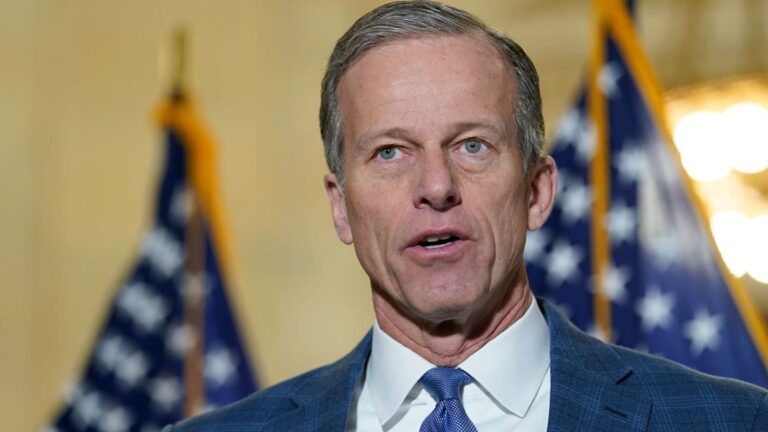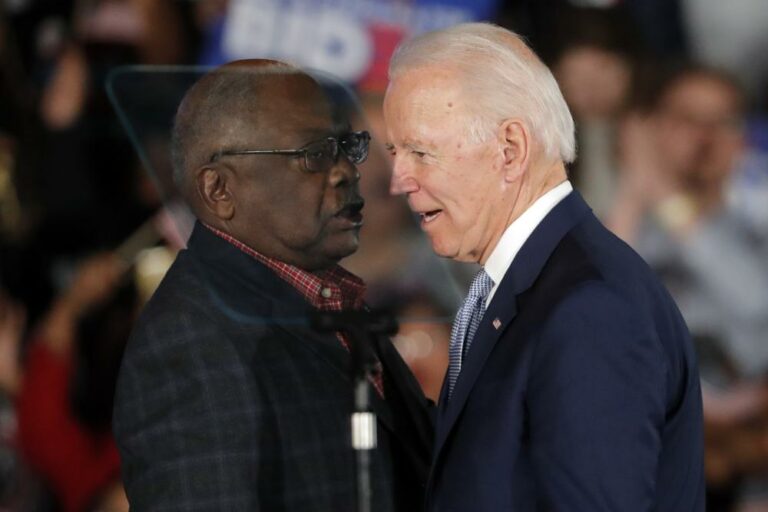 By its own estimate, the government made about $100 billion in payments last year to people who may not have been entitled to receive them — tax credits to families that didn’t qualify, unemployment benefits to people who had jobs and medical payments for treatments that might not have been necessary.
By its own estimate, the government made about $100 billion in payments last year to people who may not have been entitled to receive them — tax credits to families that didn’t qualify, unemployment benefits to people who had jobs and medical payments for treatments that might not have been necessary.
Congressional investigators say the figure could be even higher.
The Obama administration has reduced the amount of improper payments since they peaked in 2010. Still, estimates from federal agencies show that some are wasting big money at a time when Congress is squeezing agency budgets and looking to save more.
“Nobody knows exactly how much taxpayer money is wasted through improper payments, but the federal government’s own astounding estimate is more than half a trillion dollars over the past five years,” said Rep. John Mica, R-Fla. “The fact is, improper payments are staggeringly high in programs designed to help those most in need — children, seniors and low-income families.”
Mica chairs the House Oversight subcommittee on government operations. The subcommittee is holding a hearing on improper payments Wednesday afternoon.
Each year, federal agencies are required to estimate the amount of improper payments they issue. They include overpayments, underpayments, payments to the wrong recipient and payments that were made without proper documentation.
Some improper payments are the result of fraud, while others are unintentional, caused by clerical errors or mistakes in awarding benefits without proper verification.
In 2013, federal agencies made $97 billion in overpayments, according to agency estimates. Underpayments totaled $9 billion.
The amount of improper payments has steadily dropped since 2010, when it peaked at $121 billion.
The Obama administration has stepped up efforts to measure improper payments, identify the cause and develop plans to reduce them, said Beth Cobert, deputy director of the White House budget office. Agencies recovered more than $22 billion in overpayments last year.
“We have strengthened accountability and transparency, saving the American people money while improving the fiscal responsibility of federal programs,” Cobert said in a statement ahead of Wednesday’s hearing. “We are pleased with this progress, but know that we have more work to do in this area.”
However, a new report by the Government Accountability Office questions the accuracy of agency estimates, suggesting that the real tally could be higher. The GAO is the investigative arm of Congress.
“The federal government is unable to determine the full extent to which improper payments occur and reasonably assure that appropriate actions are taken to reduce them,” Beryl H. Davis, director of financial management at the GAO, said in prepared testimony for Wednesday’s hearing.
Davis said some agencies don’t develop estimates for programs that could be susceptible to improper payments. For example, the Health and Human Services Department says it cannot force states to help it develop estimates for the cash welfare program known as Temporary Assistance for Needy Families. The program is administered by the states.
The largest sources of improper payments are government health care programs, according to agency estimates. Medicare’s various health insurance programs for older Americans accounted for $50 billion in improper payments in the 2013 budget year, far exceeding any other program.
Most of the payments were deemed improper because they were issued without proper documentation, said Shantanu Agrawal, a deputy administrator for the Centers for Medicare & Medicaid Services. In some cases, the paperwork didn’t verify that services were medically necessary.
“Payments deemed ‘improper’ under these circumstances tend to be the result of documentation and coding errors made by the provider as opposed to payments made for inappropriate claims,” Agrawal said in prepared testimony for Wednesday’s hearing.
Among other programs with large amounts of improper payments:
—The earned income tax credit, which provides payments to the working poor in the form of tax refunds. Last year, improper payments totaled $14.5 billion. That’s 24 percent of all payments under the program.
The EITC is one of the largest anti-poverty programs in the U.S., providing $60.3 billion in payments last year. Eligibility depends on income and family size, making it complicated to apply for the credit — and difficult to enforce, said IRS Commissioner John Koskinen.
“EITC eligibility depends on items that the IRS cannot readily verify through third-party information reporting, including marital status and the relationship and residency of children,” Koskinen told a House committee in May. “In addition, the eligible population for the EITC shifts by approximately one-third each year, making it difficult for the IRS to use prior-year data to assist in validating compliance.”
— Medicaid, the government health care program for the poor. Last year, improper payments totaled $14.4 billion.
Medicaid, which is run jointly by the federal government and the states, has seen a steady decline in improper payments since 2010, when they peaked at $23 billion.
The program is expanding under President Barack Obama’s health law.
—Unemployment insurance, a joint federal-state program that provides temporary benefits to laid-off workers. Amount of improper payments last year: $6.2 billion, or 9 percent of all payments.
The Labor Department said most overpayments went to people who continued to get benefits after returning to work, or who didn’t meet state requirements to look for work while they were unemployed. Others were ineligible for benefits because they voluntarily quit their jobs or were fired.
—Supplemental Security Income, a disability program for the poor run by the Social Security Administration. Amount of improper payments: $4.3 billion, or 8 percent of all payments.
Social Security’s much larger retirement and disability programs issued $2.4 billion in improper payments, according to agency estimates. Those programs provided more than $770 billion in benefits, so improper payments accounted for less than 1 percent.
(AP)











3 Responses
What were the #’s in the previous administration?
What are the numbers for an average privately held business?
What are the numbers for various state and local governments?
What are the numbers for the average yeshiva?
anyone surprised? last night, at a rehab center we tried getting medicare to cover a $13 cane for a woman being discharged. they wouldnt approve it because FIVE years ago they approved a cane for her. dont worry about the woman though, medicare approved a walker for her at 4 times the cost of the cane. that is our government at work!